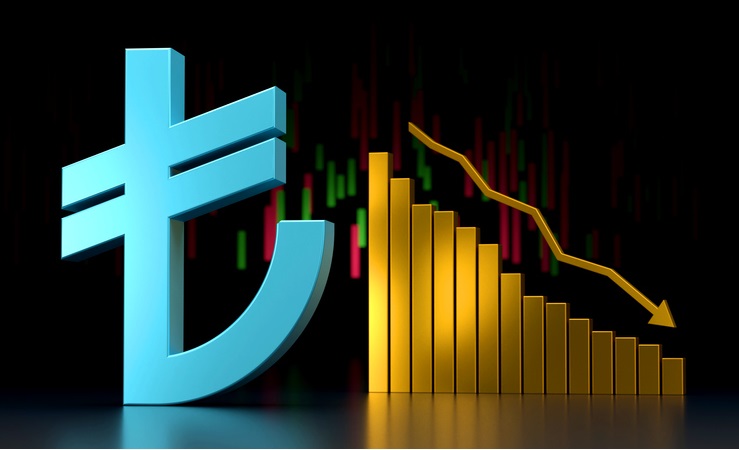The main focus during the European session was the collapse of the Turkish lira currency, as it plunged 7% to a record low in its biggest daily selloff since a historic 2021 crash.
This latest downward spiral comes as the newly elected government appeared to loosen currency stabilising measures in its switch to more mainstream policies.
Basically, the market has been increasingly expecting a shift towards more orthodox measures in the aftermath of Erdogan’s election victory last month.
It is noteworthy that Turkish state banks appeared to not be intervening in the market, according to a person familiar with the matter. State bank lira purchases have been seen as a key tool in propping up the currency in recent years.
The central bank has burnt through about $24bn in foreign currency reserves this year alone, in part in an attempt to boost the lira. The reserves have also been used.
Turkey’s big current account deficit, which itself has been made worse by a lira that many exporters have said is too strong to be competitive. Recent President Erdogan reappointed Mehmet Simsek, an internationally respected former banker, as treasury and finance minister in his new government.
Markets are also waiting for the appointment of a new central bank governor to replace Sahap Kavcioglu, who spearheaded interest rate cuts under the current regime.
Turkey’s inflation peaked to a staggering 85% in October before easing to 39.59% in May. Turkey is now apparently on the edge of truly running out of usable foreign exchange reserves.
Turkey’s risk of a financial crisis starts with its need for external financing. Booming credit has pushed up imports, and overwhelmed Turkey’s relatively solid export performance. The current account deficit had fallen to well under $20 billion in 2021, but it is on track to reach close to $60 billion in 2023.




